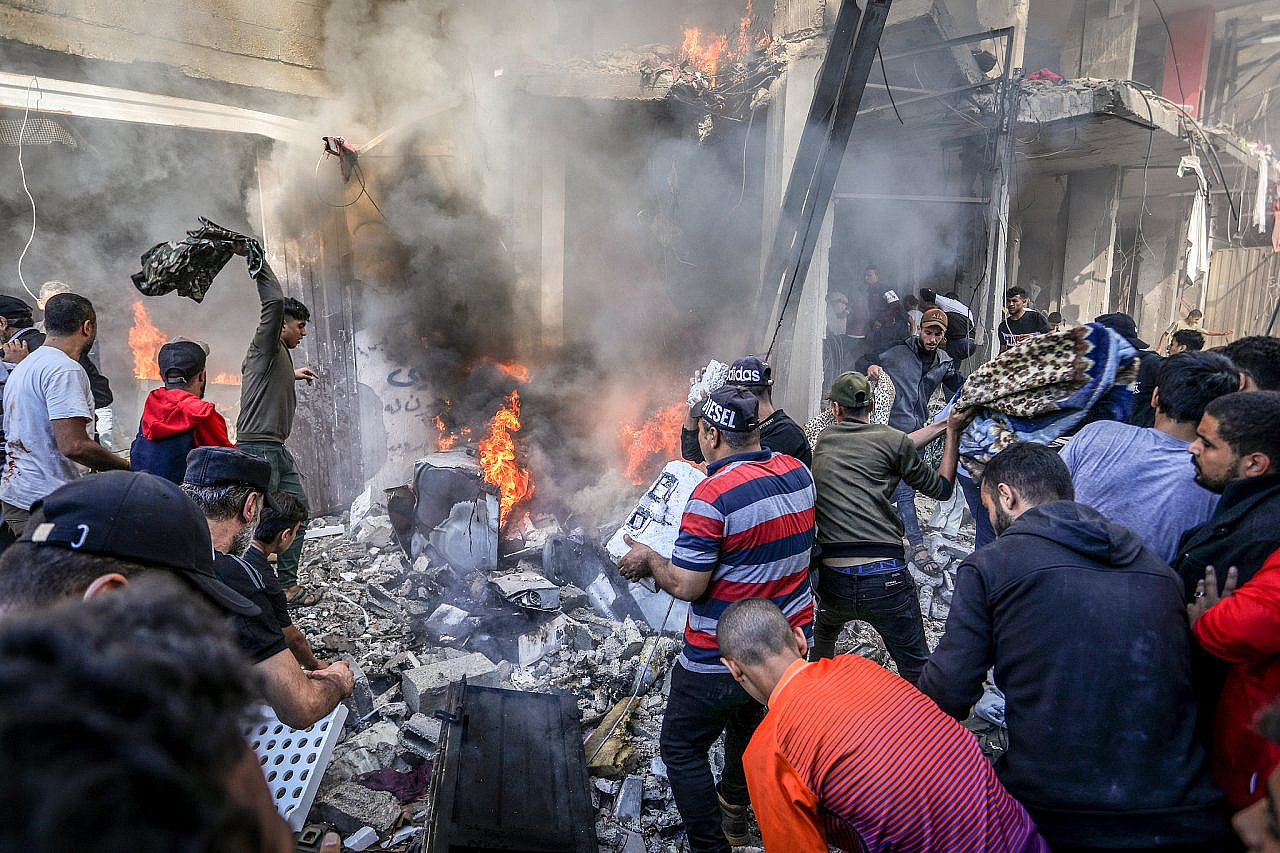 On the evening of April 5, a pilot settled into a leather captain's chair at Creech Air Force Base in southern Nevada and took the controls of a Predator drone flying over one of the most violent areas of southwestern Afghanistan. Minutes later, his radio crackled.
On the evening of April 5, a pilot settled into a leather captain's chair at Creech Air Force Base in southern Nevada and took the controls of a Predator drone flying over one of the most violent areas of southwestern Afghanistan. Minutes later, his radio crackled.
A firefight had broken out. Taliban insurgents had ambushed about two dozen Marines patrolling a bitterly contested road.
The Air Force captain angled his joystick and the drone veered toward the fighting taking place half a world away, where it was already morning. He powered up two Hellfire missiles under its wings and ordered a crew member responsible for operating the drone's cameras to search for enemy fighters.
It didn't take long to find something. Three figures, fuzzy blobs on the pilot's small black-and-white screen, lay in a poppy field a couple of hundred yards from the road.
"Hey now, wait. Standby on these," the pilot cautioned. "They could be animals in the field." Seconds later, tiny white flashes appeared by the figures — the heat signature of gunfire. "There they are," he said, now sure he was looking at the enemy.





 The United States will mark the 84th anniversary of the Japanese attack on the U.S. naval...
The United States will mark the 84th anniversary of the Japanese attack on the U.S. naval... In 2021, a book titled “The Human-Machine Team: How to Create Synergy Between Human and Artificial...
In 2021, a book titled “The Human-Machine Team: How to Create Synergy Between Human and Artificial...:focal(1285x1016:1286x1017)/https://tf-cmsv2-smithsonianmag-media.s3.amazonaws.com/filer_public/d1/4e/d14ed238-3b62-4506-9f53-fc2178dade60/nov2025_d17_prologue.jpg) In the fall of 1945, a bit more than six years after Nazi Germany invaded Poland...
In the fall of 1945, a bit more than six years after Nazi Germany invaded Poland... The last plane carrying U.S. forces left Afghanistan on Monday, meeting an Aug. 31 deadline to withdraw...
The last plane carrying U.S. forces left Afghanistan on Monday, meeting an Aug. 31 deadline to withdraw...






























